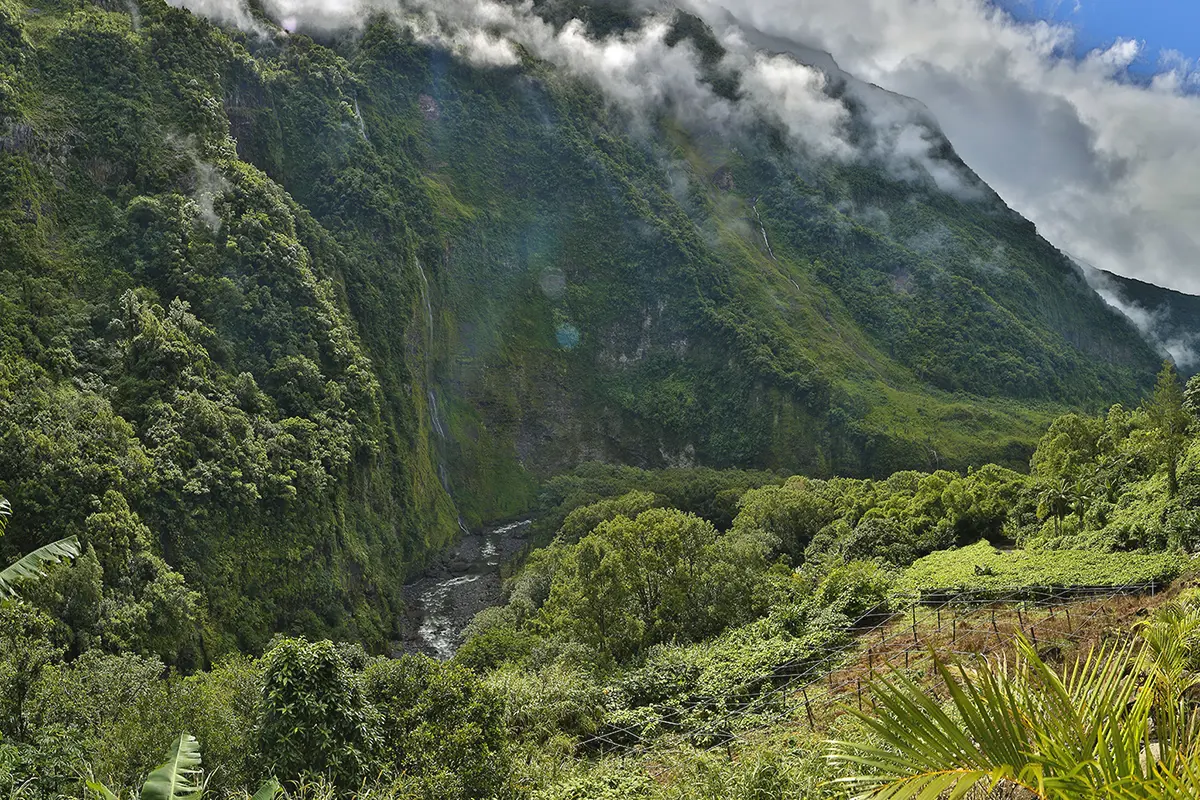Soil Emissions Are Sneakily Supercharging Ozone Pollution, Study Finds

Beneath our feet, something is stirring—and it’s not just worms and roots. A new study led by researchers at The Hong Kong Polytechnic University (PolyU) has revealed that soils are releasing rising levels of nitrous acid (HONO), a precursor to ground-level ozone, thanks to the dual pressures of climate change and fertiliser use.
Published on May 27, the study paints a troubling picture: as temperatures rise and synthetic nitrogen continues to be poured into agricultural lands, emissions of HONO from soil are increasing at a pace that could accelerate global ozone pollution—a pollutant that’s already wreaking havoc on human health, agriculture, and climate systems.
Unlike the protective ozone layer high up in the stratosphere, ground-level ozone is a toxic pollutant. It's formed when sunlight hits nitrogen oxides (NOₓ) and volatile organic compounds (VOCs), creating a gas that irritates lungs, damages crops, and exacerbates global warming.
But what many don’t realize is that soils themselves act as stealthy contributors to this process, especially when saturated with synthetic fertilisers. The PolyU team used a combination of field observations, lab experiments, and computer simulations to quantify HONO emissions from various land types. What they found was striking: soils, especially in warmer and wetter conditions, are far more active in releasing HONO than previously thought.
"This is not just a local issue," the researchers warned. Ozone pollution is a global environmental concern, and these findings suggest that land use and agricultural practices could be playing a larger role than expected in tipping the atmospheric balance.
The implications are sobering. As we try to adapt to a warming world, the very strategies we use to boost food production—like nitrogen fertilisation—might be silently fueling a secondary environmental crisis.
Solutions won’t be simple. But the study suggests that revisiting fertiliser management practices and land-use policies could help curb HONO emissions, reducing one of the lesser-known drivers of ozone formation.
We might not think of soil as a polluter—but this research makes one thing clear: what we put into the ground doesn’t always stay there.